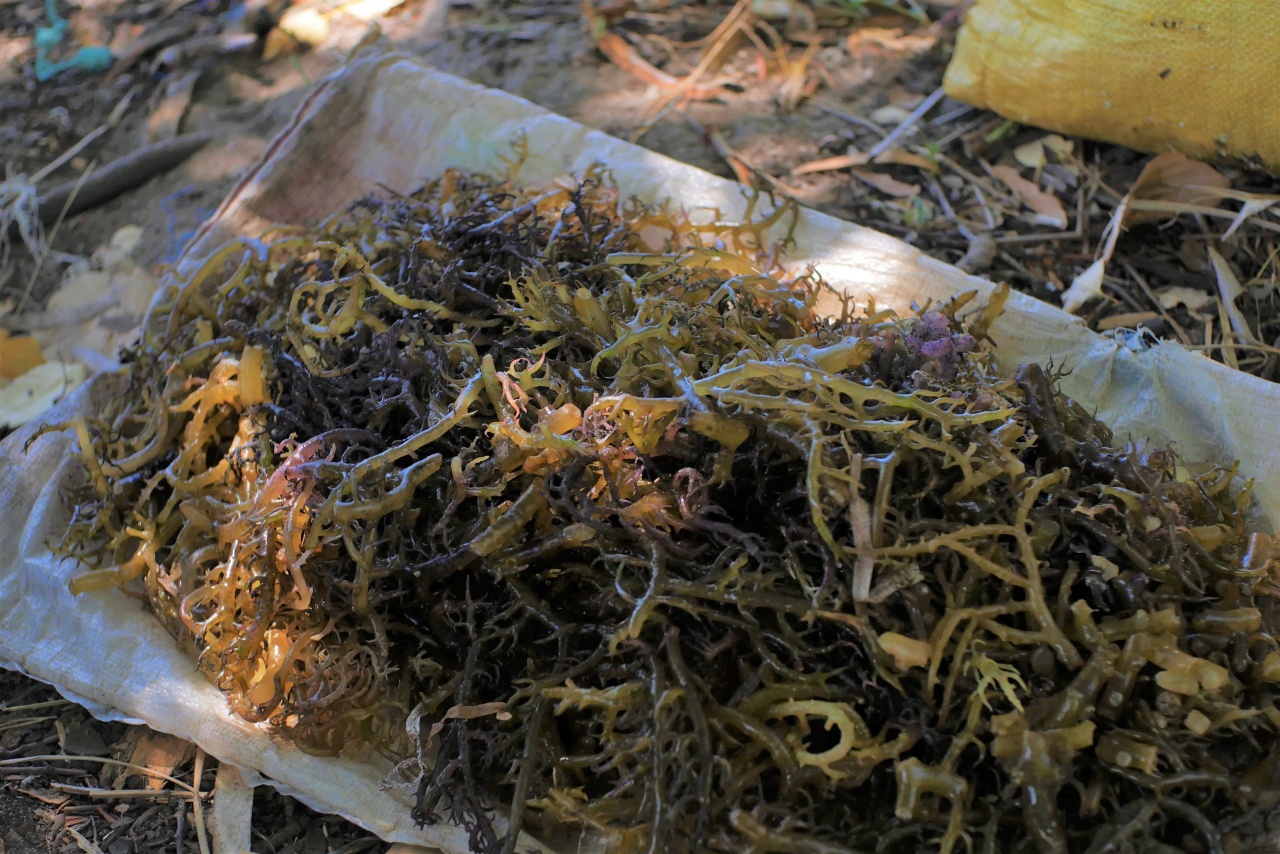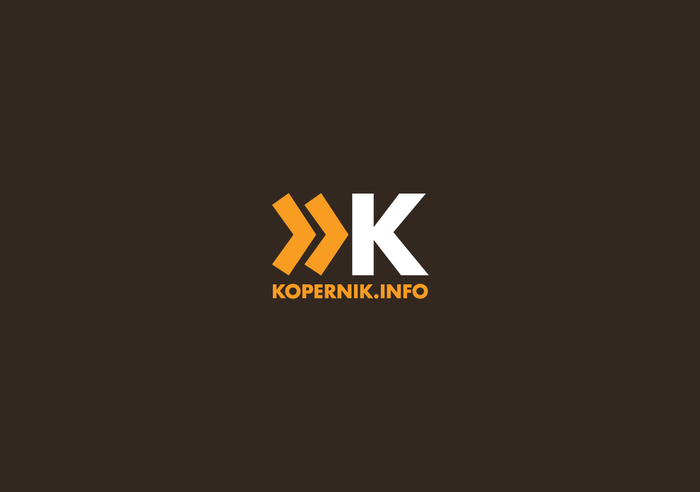We are testing an enclosed solar dryer for seaweed to develop a simple solution, preventing contamination and enabling more efficient drying during the rainy season to increase seaweed farmer’s net income.
THE PROBLEM
Indonesia’s unprecedented rate of economic growth has been linked to unsustainable production and consumption patterns and resource inefficiencies. In East Nusa Tenggara (NTT), Kopernik has been engaged by Plan Indonesia to assist to implement the MATA KAIL project, an initiative funded by the European Union to encourage the use of simple, environmentally friendly technologies in the fisheries sector. The project aims to promote sustainable economic growth and employment opportunities in Lembata, Maumere and Nagekeo, focusing on Micro, Small and Medium-sized Enterprises (MSMEs).
This project is one of a number of experiments Kopernik is delivering to promote efficiencies in the fisheries sector with the related benefit of increasing net income for workers.
NTT is one of the highest seaweed producing provinces in Indonesia, with Lembata regency one of the top contributors1. Seaweed farming in Lembata has just begun to grow again after years of abandonment due to the use of chemical fertilizers which caused total seaweed crop failure. Revenue from dried seaweed can be significant for farmers and their families — reaching up to IDR14 million per harvest, enough income to purchase a motorbike or pay for their children’s education.
Seaweed must be dried before selling it to buyers in order to minimize transportation costs and to prolong its storage life2. Most farmers dry seaweed by laying it on a net above the ground under the sun. This can be a labor-intensive process, especially when it rains and the seaweed needs to be gathered in or covered with a tarp. Open-air drying also means the product can be contaminated by sand and other particles or by animals. The seaweed farmers we interviewed reported that sand contamination can even decrease the selling price by half.
THE SOLUTION
With a solar dryer, the seaweed will be fully protected from weather conditions, eliminating the need for the farmers to manually cover the seaweed if it rains. Furthermore, since the solar dryer is equipped with drying racks, the commodity will be protected from sand and other contaminants that can otherwise reduce the selling price of seaweed. The solar dryer will have a low-cost design and will be built using simple materials, making it easily replicable for different sites.
We hypothesize that by using a solar dryer for seaweed, the farmers’ net income will increase due to increased production capacity and a potential increase in quality.
Kopernik will build a solar dryer for seaweed in Waowala village, Ile Ape district, Lembata regency where the whole seaweed farming industry is being revived with the aid from the local fisheries department. In this experiment, we will conduct a comparative test between our proposed technology and the regular open sun drying method in terms of the time required to dry the seaweed and reach the optimal moisture level for the end product. We will also compare the selling price of dried seaweed from both methods and calculate the farmers’ net income and the economic viability of adopting this solution.
The measurements will be taken four times over a two-month period.
A farmer tying seaweed seedlings on a rope (image credit: Cokorda Suryanata)
Only a small number of farmers use para-para or an elevated rack to dry their harvest which provides better protection against contaminants (image credit: Cokorda Suryanata)
The majority of farmers dry their seaweed by laying it on a net on the ground, exposing it to the sun (image credit: Cokorda Suryanata)
THE EXPECTED IMPACT
We believe that by using a solar dryer, seaweed farmers can achieve better quality and potentially a better price for their dried seaweed. By gaining a higher price for the seaweed and/or increasing the production capacity by drying the commodity quicker or by drying the commodity all year round, we should achieve an increase in the seaweed farmers’ income. If the method proves to be effective then it could be replicated by other smallholder seaweed farmers in Lembata regency and eventually in other parts of Indonesia.
PROJECT COST
Solution & Project Implementation
Costs associated with the purchase of the solutions tested and project coordination
$4,339
Monitoring & Evaluation
Costs associated with data collection, analysis and reporting
$3,058
Administration Fee
Cost of transferring payments internationally, processing online donations (5%) and a contribution to Kopernik's operational costs (15%)
$740
Total $8,137
This project is implemented by Yayasan Kopernik on behalf of our partner who provided grant funding for this project.




